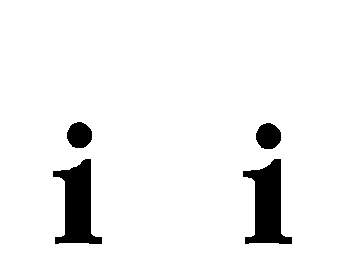 Ana Maria Uribe, Escalera 3 (1999).
Ana Maria Uribe, Escalera 3 (1999).
Ana Maria Uribe (1951-2004) was an Argentine visual poet who made work online beginning in 1997 after working in other media for many years. When she passed away, visual poet and programmer Jim Andrews (who runs the website vispo.com) posted a moving tribute to her work on Rhizome's mailing list, including this quote in which she recounts her formative experiences as a poetry:
I started with visual poetry in the late 60's after seeing some of Apollinaire's poems and Morgenstern's "Night Song of the Fish". Shortly afterwards I met Edgardo Antonio Vigo, who was then editing a magazine called "Diagonal Cero", devoted to visual poetry and mail art, and other poets such as Luis Pazos and Jorge de Lujan Gutierrez. They all lived in La Plata, a town which is 50 km from Buenos Aires, where I live, and we communicated by ordinary mail, either because there was a shortage of telephones at that time or to save costs, I don't remember which. I still keep some of the letters...
At a moment when many artists are again considering the medial qualities of poetry, Uribe's work seems well worth revisiting, particularly because (as Andrews noted, of her CD-ROM works) it reflected an understanding of "the poem on the screen as a performance." In the works, text is generally used pictorially (as with the ladder made of capital H's in the Escalera series), and rotated or otherwise manipulated to introduce a sense of motion into the scene. In the Rebote series, for example, the dots of lowercase i's bounce around playfully:

Ana Maria Uribe, Rebote 1 (1999).
Cardena's visual poems were defined by a careful economy of means, even when they consisted of multiple gifs arranged in HTML tables (as with the 1997 series A Host of Halfties) or when they were made with Flash, as with Disciplina (2002):
Uribe's understanding of published poetry as performance can be seen even in her work for the ostensibly more static medium of typewriter. See, for example, this online translation of her 1968 typewritten work Catarata (o Le Parc):

Visually, this "tipoema" suggests cascading water, and thinking of its typewritten origins gives it a soundtrack and a sense of motion as well: the clunk of spacebar interrupted by the key striking the paper, the "ding" when the carriage reaches the end of a line. The sense of motion and the typography activating the page is still there, even though the image itself does not move.
For more on Uribe's work, see Jorge Luiz Antonio's "From Printed Page to Digital Media: The Poetry of Ana Maria Uribe" and visit vispo.com or her original Tripod page (with ads).